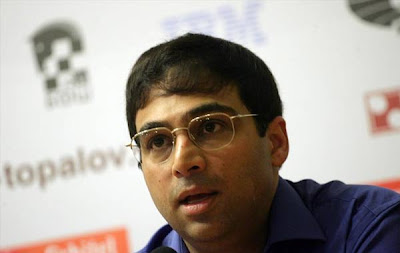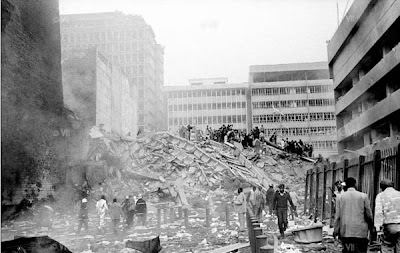
Marie Skłodowska-Curie was a Polish physicist and chemist, working mainly in France, who is famous for her pioneering research on radioactivity. She was the first woman to win a Nobel Prize, the only woman to win in two fields, and the only person to win in multiple sciences. She was also the first female professor at the University of Paris, and in 1995 became the first woman to be entombed on her own merits in Paris' Panthéon. She was born in Maria Salomea Skłodowska in Warsaw, in what was then the Kingdom of Poland. She studied at Warsaw's clandestine Floating University and began her practical scientific training in Warsaw. In 1891, aged 24, she followed her older sister Bronisława to study in Paris, where she earned her higher degrees and conducted her subsequent scientific work. She shared her 1903 Nobel Prize in Physics with her husband Pierre Curie and with physicist Henri Becquerel. She was the sole winner of the 1911 Nobel Prize in Chemistry.
Her achievements included a theory of radioactivity, techniques for isolating radioactive isotopes, and the discovery of two elements, polonium and radium. Under her direction, the world's first studies were conducted into the treatment of neoplasms, using radioactive isotopes. She founded the Curie Institutes in Paris and in Warsaw, which remain major centres of medical research today. During World War I, she established the first military field radiological centres. While a French citizen, Marie never lost her sense of Polish identity. She taught her daughters the Polish language and took them on visits to Poland. She named the first chemical element that she discovered – polonium, which she first isolated in 1898 – after her native country.
During World War I, Marie saw a need for field radiological centres near the front lines to assist battlefield surgeons. After a quick study of radiology, anatomy and automotive mechanics she procured x-ray equipment, vehicles, auxiliary generators and developed mobile radiography units, which came to be popularly known as petites Curies. She became the Director of the Red Cross Radiology Service and set up France's first military radiology centre, operational by late 1914. Assisted at first by a military doctor and her 17-year old daughter Irene, she directed the installation of twenty mobile radiological vehicles and another 200 radiological units at field hospitals in the first year of the war. Later, she began training other women as aides. In 1891, she went to Paris to continue her studies at the Sorbonne where she obtained Licenciateships in Physics and the Mathematical Sciences. She met Pierre Curie, Professor in the School of Physics in 1894 and in the following year they were married. She succeeded her husband as Head of the Physics Laboratory at the Sorbonne, gained her Doctor of Science degree in 1903, and following the tragic death of Pierre Curie in 1906, she took his place as Professor of General Physics in the Faculty of Sciences, the first time a woman had held this position. She was also appointed Director of the Curie Laboratory in the Radium Institute of the University of Paris, founded in 1914. Her early researches, together with her husband, were often performed under difficult conditions, laboratory arrangements were poor and both had to undertake much teaching to earn a livelihood. The discovery of radioactivity by Henri Becquerel in 1896 inspired the Curies in their brilliant researches and analyses which led to the isolation of polonium, named after the country of Marie's birth, and radium. Mme. Curie developed methods for the separation of radium from radioactive residues in sufficient quantities to allow for its characterization and the careful study of its properties, therapeutic properties in particular. Curie died in Savoy, France, after a short illness, on July 4, 1934.
Read more










